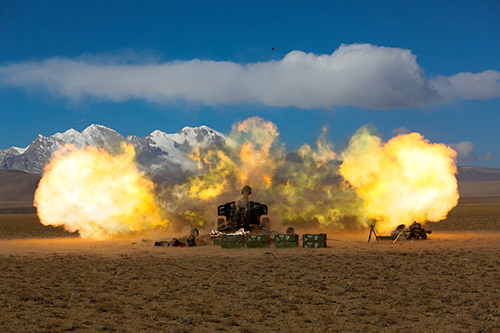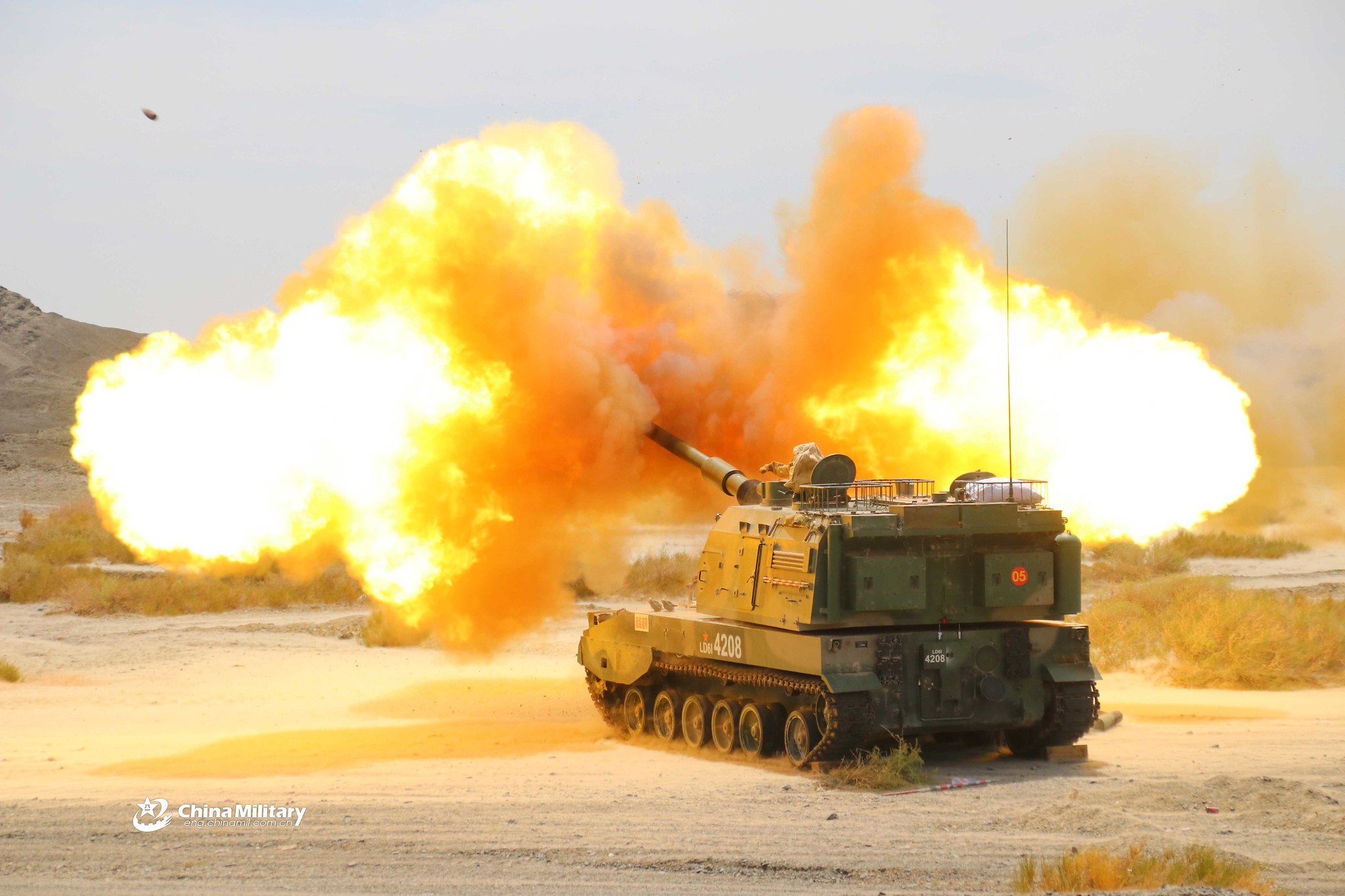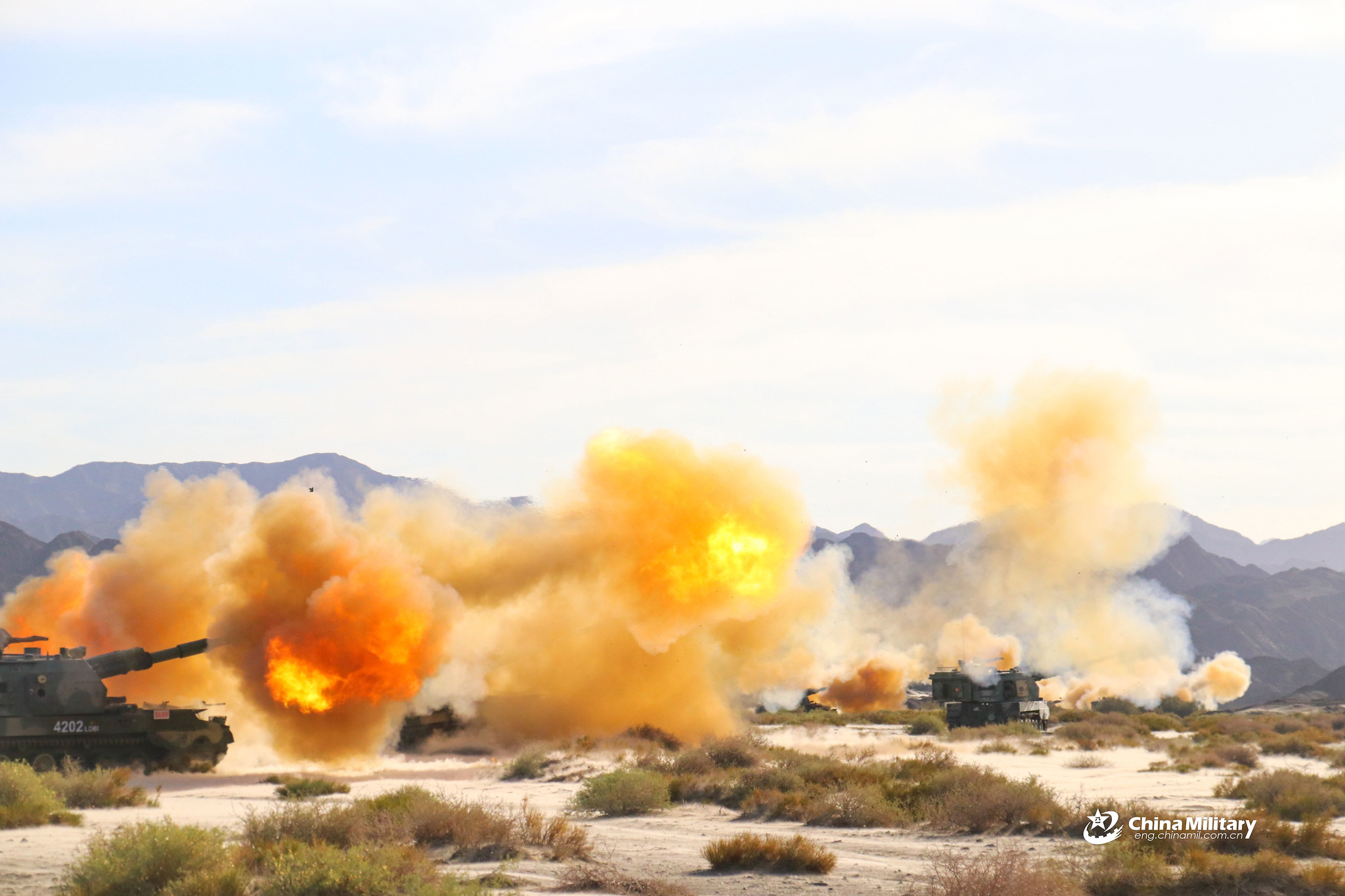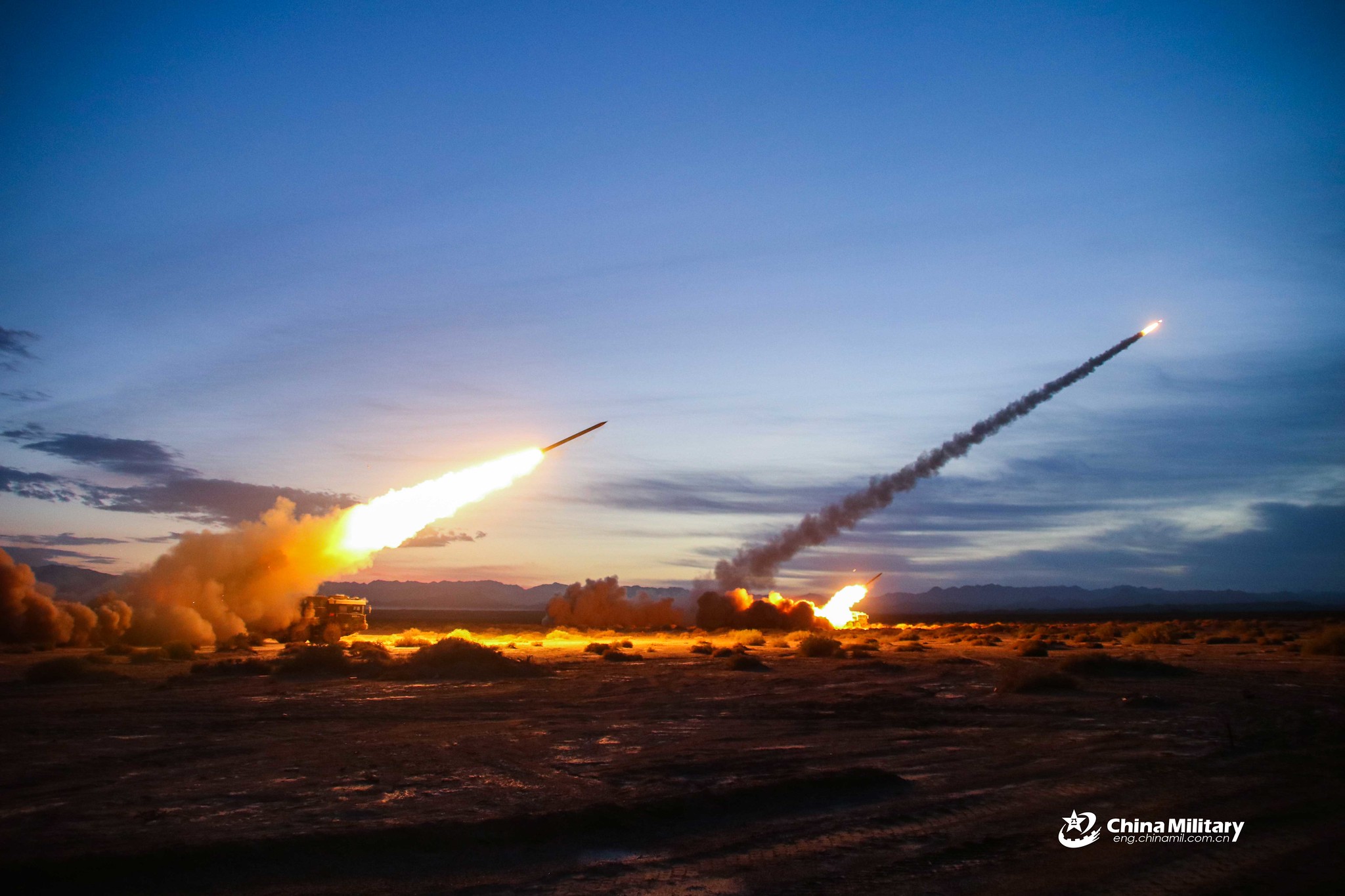D
Deleted member 13312
Guest
This raises some questions, does the PLA really have an obscene amount of 152mm shells left unfired to justify having the Type 66 howitzer in service ? Because any military tactician worth his or her salt would know the logistical strain of keeping 2 different caliber of artillery in service that performs exactly the same.Not sure about rocket assisted ammo I am sure they have rocket assisted projectile but in the meantime they modernized the old type 66 gun with new precision ammo.They found new favor since they are impervious to Jamming and cheap
China also developed a number indigenous projectiles for this howitzer, including rocket-assisted projectiles. The Soviet D-20 was even capable of launching nuclear rounds, however it is unknown if China uses any. Maximum range of fire is 17.4 km with a standard HE-FRAG projectile and 22 km with indigenous rocket-assisted projectile
China revitalizes old howitzers with modern add-ons
By Liu Xuanzun Source:Global Times Published: 2019/7/4 17:52:35


A Type 66 cannon-howitzer system attached to an army brigade with the PLA 77th Group Army sends its 152mm shells at a simulated target during a live-fire training exercise in plateau area. File photo: eng.chinamil.com.cn
China has revitalized a type of howitzer that has been part of the People's Liberation Army (PLA) arsenal for more than half a century by updating it with equipment that suits the needs of modern warfare.
The 152 millimeter cannon-howitzer is one of the most widely used pieces of artillery in the Chinese military, and the PLA has developed new tactics and equipment to let this old weapon shine even after 50 years of practical deployment, China Central Television (CCTV) reported on Wednesday.
Fully manually operated, the 152 millimeter Type 66 howitzer is inexpensive compared to the 155 millimeter PLZ-05 self-propelled howitzer, which has a similar caliber but is highly automated, a military expert who asked not to be named told the Global Times on Thursday, noting this enabled the PLA to mass produce the Type 66.
A dozen of these cannons can fully cover a large target area, the expert said.
The aging howitzer can now not only shoot normal explosive shells, but also advanced laser terminal guidance shells, CCTV reported, noting that these shells can track targets after they are fired, making them as accurate as missiles.
Electromagnetic jamming shells and flare shells are also included in the Type 66's arsenal.
Reconnaissance drones and aim assist radars are also deployed together with the 152 millimeter howitzers, "which gives the artillery wings and eyes," Jin Shuaishuai, an officer at the PLA 73rd Group Army artillery force, told CCTV.
Unlike a self-propelled howitzer, the 152 millimeter howitzer needs a truck to carry it around, and because it is fully manual, it is slower than the automatic ones, said the CCTV report.
But in modern warfare, these characteristics also give it a unique advantage over more advanced technologies: electromagnetic jamming, which is popular in modern warfare, will not work against the weapon, the state broadcaster quoted Zhong Puxing, another PLA artillery officer, as saying.
An advanced self-propelled howitzer often uses electronic systems to calculate trajectories, and the weapon cannot do much if these devices become jammed, the anonymous expert said, explaining why the old howitzer's manual system is more reliable in these circumstances.
The PLA plans to further revamp this old weaponry to make it more lethal in modern warfare, CCTV reported.
And I did be extremely suprised of the PLZ-05s do not have manual aim and calibration systems as a back up in case their electronic systems failed.












